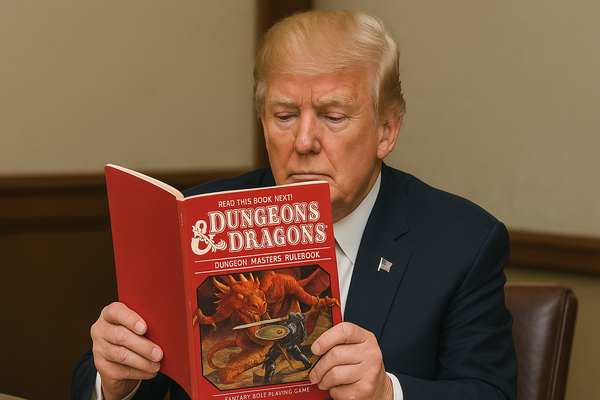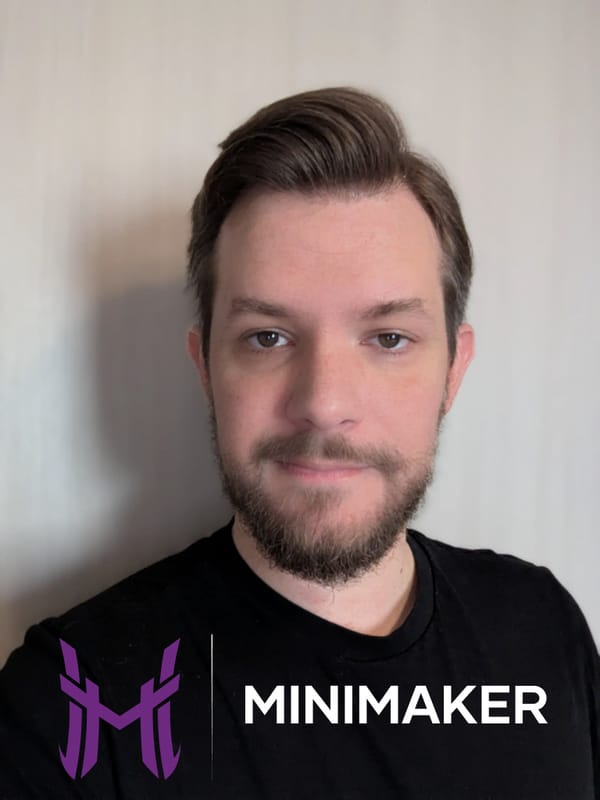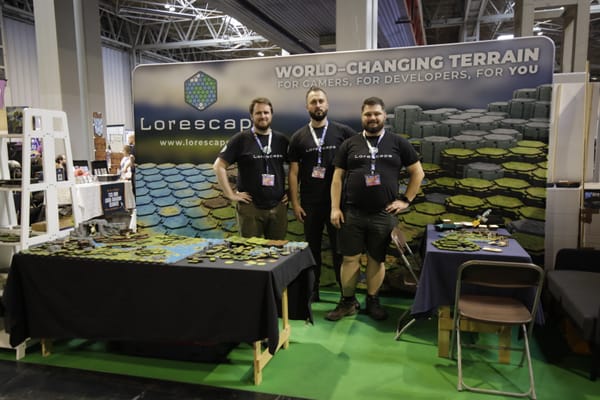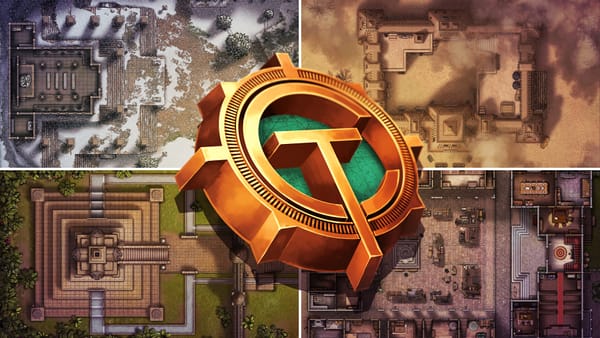Greek Roots, Slavic Shadows: Inside the Making of ZAMANORA: Ballad of the Witch
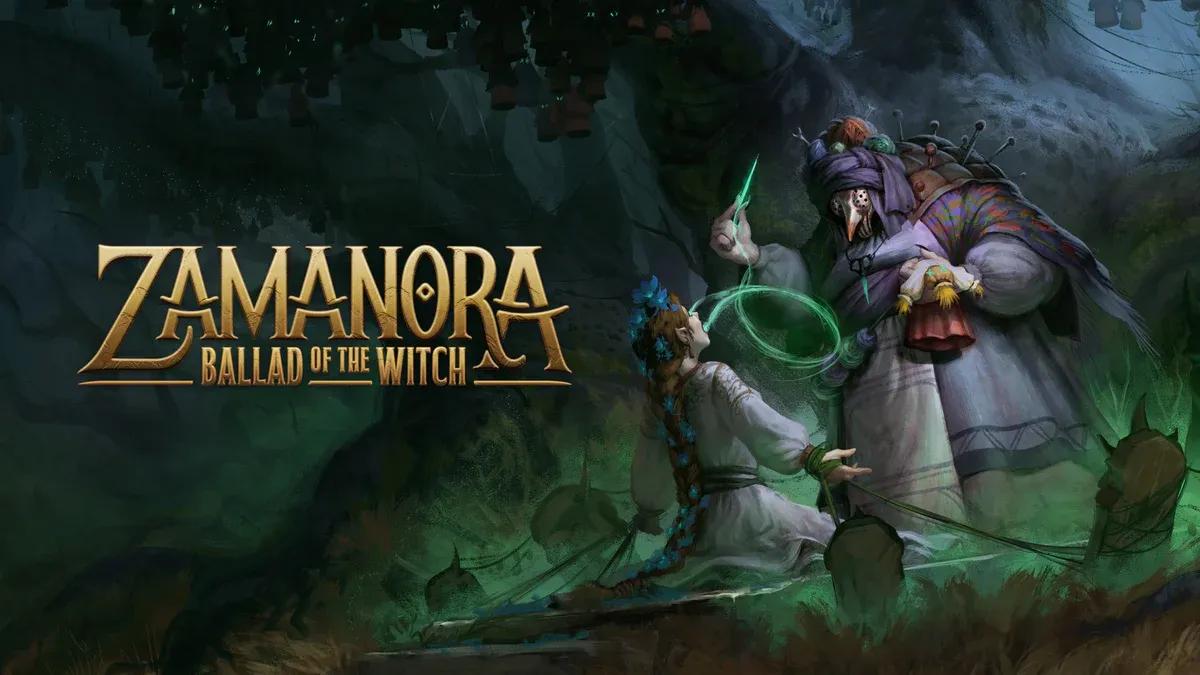
Why Are the Greeks Making a Slavic RPG?
It’s a question that almost asks itself—especially if you're Slavic, or, like me, Polish:
Why are a group of Greeks creating a game so deeply rooted in Slavic mythology?
The answer is as surprising as it is inspiring.
The team behind ZAMANORA: Ballad of the Witch are storytellers first—creatives with backgrounds as diverse as music, chemistry, and engineering—united by their love of fables, folklore, and dark, immersive worlds. While Greece may be their home, the stories that shaped them cross borders. Many of the eerie, cautionary tales they grew up with are shared across Balkan and Slavic traditions.
Their work is not about cultural appropriation, but cultural reverence. They don’t aim to retell the old stories word-for-word, but to craft something new that still echoes with the spirits of those old forest whispers—the ones told around hearths and in hushed voices.
In this interview, the Eren Chronicles team opens up about their creative journey, the community they've built, the philosophy behind their storytelling, and what it takes to launch a dark fantasy project rooted in old-world myth through something as modern as Kickstarter.
This is a tale not only about a game, but about creative courage, community-powered dreams, and the belief that stories—when handled with love and imagination—can transcend their origin and resonate far beyond their birthplace.
Now, let’s dive in.
First of all, as a Pole, I have to ask this question: why are the Greeks doing a Slavic RPG setting? :)
Nikolas Totief (Eren Chronicles) - Hello and thank you for this interview! We are always eager to talk about our projects and the creative process we follow, so this is a great opportunity for us :)
Ballad of the Witch is inspired by the grim tales of both Slavic and Balkan folklore. We grew up with stories stemming from these cultures; since our whole team is from Greece, with some members having Slavic roots as well. We were familiar with such folklore long before we began conducting our research on it, and we always wanted to pen our own fables inspired by it.
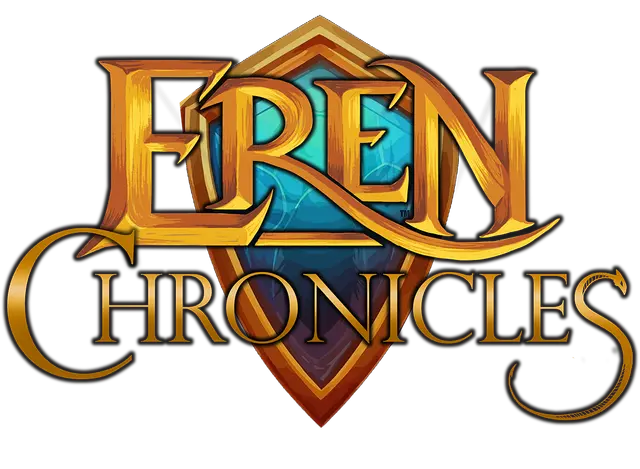
Can you share your journey into fantasy writing and game design, and how it led to your involvement with Eren Chronicles?
Each of us comes from a different background—music, engineering, chemistry—but we all share a common passion: storytelling! We have been designing games for most of our lives, either through homebrewing or creating our own rules for various board games.
Our first collaborative project was Journey of the Godslayer. This supplement proved successful enough to show that we could do this for a living. Project after project, we forged a strong bond among ourselves, and the Eren Chronicles’ team gradually took the shape it has today.
What inspired the formation of Eren Chronicles, and how has the team evolved since its inception in 2020?
Growing up in a country with substantial economical issues, becoming a professional games’ developer or author of fantasy literature felt like a daunting challenge for all of us. We discovered that this insecurity became much easier to bear when we met each other.
Banding together and striving towards the same goals as a team allowed us to muster the much-needed courage and step into the spotlight—feeling less crazy while at it.We wish to support new creators who are faced with the same problems, hesitating to take the step forward.
We believe that collectivization can be the exit to most of life’s mazes, since it has been so for us. Many steps have been taken since, and many still lie ahead.
Evolution mainly entails acknowledging our responsibilities towards the community that graces us with its support, maintaining a transparent and horizontal way in communicating with it, while constantly seeking ways to live up to its expectations.
How does your Greek heritage influence the storytelling and design elements in your projects?
You could say a lot of our storytelling naturally returns to the roots we grew up with. People often forget that Greek folklore goes far beyond the mythic epics and gods of antiquity that dominate pop culture.
What shaped our heritage more deeply are the later, lesser-known stories—those passed down through families, whispered in villages, and lived in everyday customs even today.
They are tales that don't revolve around absolute good or evil, but are often about survival, reverence, and the blurry line between myth and truth. They are wrapped in superstition, but at the same time showcase the flaws of humans and try to derive moral lessons from their plights. I guess you could say these are values echoes frequently in our storytelling.
Eren Chronicles draws heavily from Slavic and Balkan folklore. How do you integrate these cultural elements into your game design?
I believe that our innate inclination towards grim and cautionary tales and dark fables, presenting moral dilemmas with no ideal outcomes, is something we’ve picked up from our folkloric heritage. These notions have been a cornerstone in designing the content for ZAMANORA: Ballad of the Witch.
Can you discuss the creative process behind "ZAMANORA: Ballad of the Witch" and what sets it apart from other dark fantasy settings?
Most dark fantasy settings present themselves as such from the get-go. Meaning that, in a world where darkness reigns supreme, a character would expect that hope is a rare currency and come to terms with this reality before delving into it. Zamanora is not like that. It is a land of peaceful villages and beautiful nature that tempts you to explore it.
This is precisely, however, when the grit is being introduced. Peril comes as a surprise, invading your place of safety, challenging what you thought was real, or lurking just beyond the edge of the woods you were never supposed to traverse.
Much like the fairy tales told by a grandmother around the hearthlight to lull children to sleep, a narration can have honeyed words and tender outlook, yet hide a grim and cautionary moral lesson.
This is the duality we try to build through the fables of ZAMANORA: Ballad of the Witch, and it can be found in most of its aspects: such as the antithesis the reader will oftentimes notice between the warm-feeling, almost stylized art of the book, as opposed to the ominous, frightful stories that complete it.
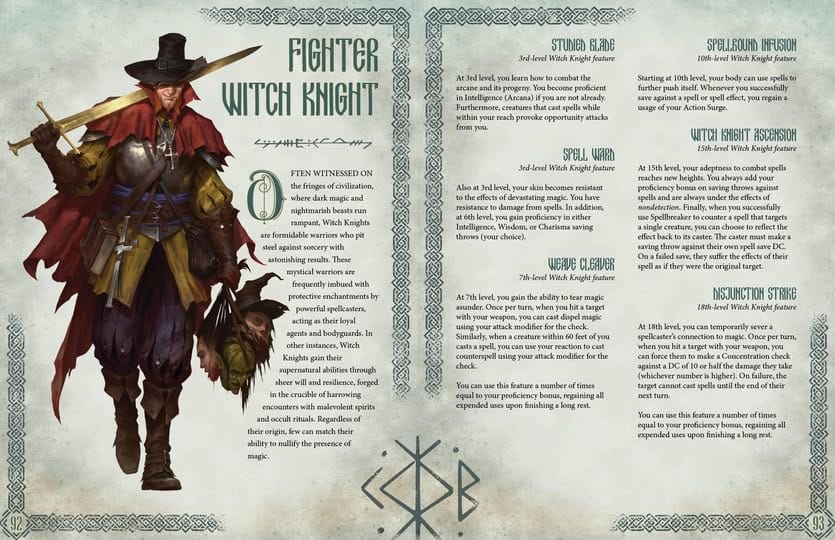
How do you balance maintaining cultural authenticity while ensuring the content appeals to a global audience?
When we first delved into the creative process, we established something important: we do not wish to retell the same tales, nor create a historical thesis on the cultures we dabble in through the content. We were going to be inspired by them, in order to pen our own tales.
We believe that maintaining cultural authenticity is achieved by staying true to the core of each subject we draw inspiration from, keeping everything that makes it familiar and recognizable intact while adding depth and spinning new narratives around that core.
It is mainly a process of adding, not removing, and tailoring each subject around the setting that we create, always with the counseling of the experts in cultural studies we have enlisted for this project.
For example, the spirit known as Vodnik appears in various forms and tales that stem from different cultures, such as the Germanic Wassermann, much like Orcs have a place both in Tolkien’s Middle Earth and the world of Faerun.
The essence of these creatures remains the same, yet the surrounding factors that define their place in the setting change according to each narrative—and this is what we do with Zamanora.
What strategies have you found most effective in marketing your projects to the TTRPG community?
The most foolproof way to market a project like ZAMANORA: Ballad of the Witch is paid ads. With the help of Dimitris Kostikos, our Marketing Manager we managed to achieve great conversion rates since our pre-launch and throughout our live campaign.
Additionally, we collaborated with BackerKit for our live ads and they ended up bringing a huge chunk of our backers!
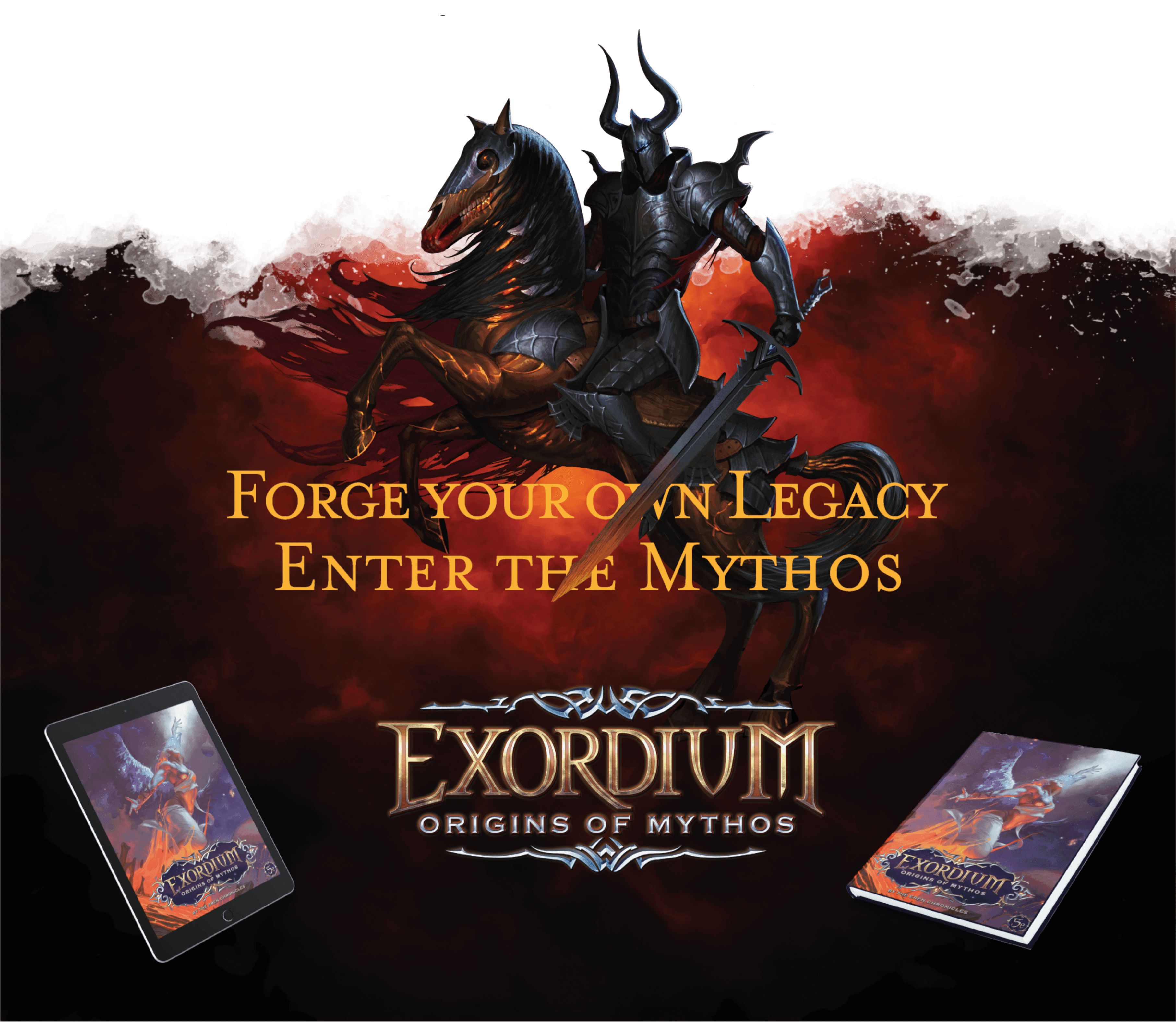
However, that is not the only way. Both during EXORDIUM: Origins of Mythos and during ZAMANORA: Ballad of the Witch, we reached out to other creators who were willing in cross-promoting with us.
This ended up being a very large portion of our funding—actually, it was almost ALL of our funding during the Exordium Kickstarter. This community of creators is very welcoming and very supportive and we would never be where we are now without them!
How do you utilize social media platforms to engage with your audience and promote your content?
Due to the limited resources of our team (being four people to manage everything), we are trying to maintain a steady presence through all of our channels. Those include Facebook, Instagram, Discord and Reddit (look us up, we’ll be glad to get to know you dear reader!).
Paid advertisement is not something we were financially capable of doing before ZAMANORA: Ballad of the Witch, so it has been a tool that was added to our arsenal only recently. To deal with that, we have enlisted the help of the wonderful Dimitris Kostikos, who became our team’s first ever Marketing Manager.
We are satisfied beyond words with Dimitris’ work, and we really feel that he’s become a part of our team. Fellow creators who are reading this, don’t hesitate to reach out to him for a potential collaboration—we guarantee you will not be disappointed!
Can you share any experiences collaborating with other influencers or creators to expand your reach?
To our experience, the creators’ community has been a warm and inviting environment full of solidarity and mutual support. There is hardly any room for senseless antagonism, since we grow together by promoting each other’s work in any way that we can.
Notions such as gatekeeping and similar problematic behaviours exist, of course, but thankfully only as a clear minority.While we indeed managed to present ourselves to a larger audience through the support of other creators, it took the substantial amount of faith and time investment of Amit Moshe of Son of Oak Studios and Aviad Tal to reach the point we are at now.
Their counseling and encouragement went way beyond their duties towards us as collaborators in ZAMANORA: Ballad of the Witch, earning our gratitude and true friendship. We wish to be in a position that allows us to aid others in the ways they’ve aided in the past, and we commit ourselves to that purpose every day.
What role does community feedback play in shaping your projects, and how do you gather and implement this input?
The most important thing for our team, other than writing books we are proud of, is to foster a great community. In order to do that, we want to involve the people that follow us as much as we can in the creative process!
During our last Kickstarter, we hosted extensive playtesting sessions over on our Discord server which ended up shaping the project to what we believe is its best version. This will also happen for ZAMANORA: Ballad of the Witch!
Your projects have been featured on platforms like Kickstarter. What key factors contribute to a successful crowdfunding campaign in your experience?
In my opinion, the most important thing is to have a great book. People must believe that what you are making is interesting, inspiring, and fun! You also need to connect with other creators. The TTRPG community embraces newcomers, and most of our experiences have been very positive.
Apart from that, a solid ad campaign can greatly affect the success of a crowdfunding project. So, make something you are proud of, network with other teams, and have strong marketing.
How do you prepare for a crowdfunding campaign, from initial concept to launch?
After we finalize the initial concept by writing a substantial part of the content and laying out plenty of pages to show around, we start building hype for the project. We achieve this by making announcements on our social media, Discord server, and Newsletter.
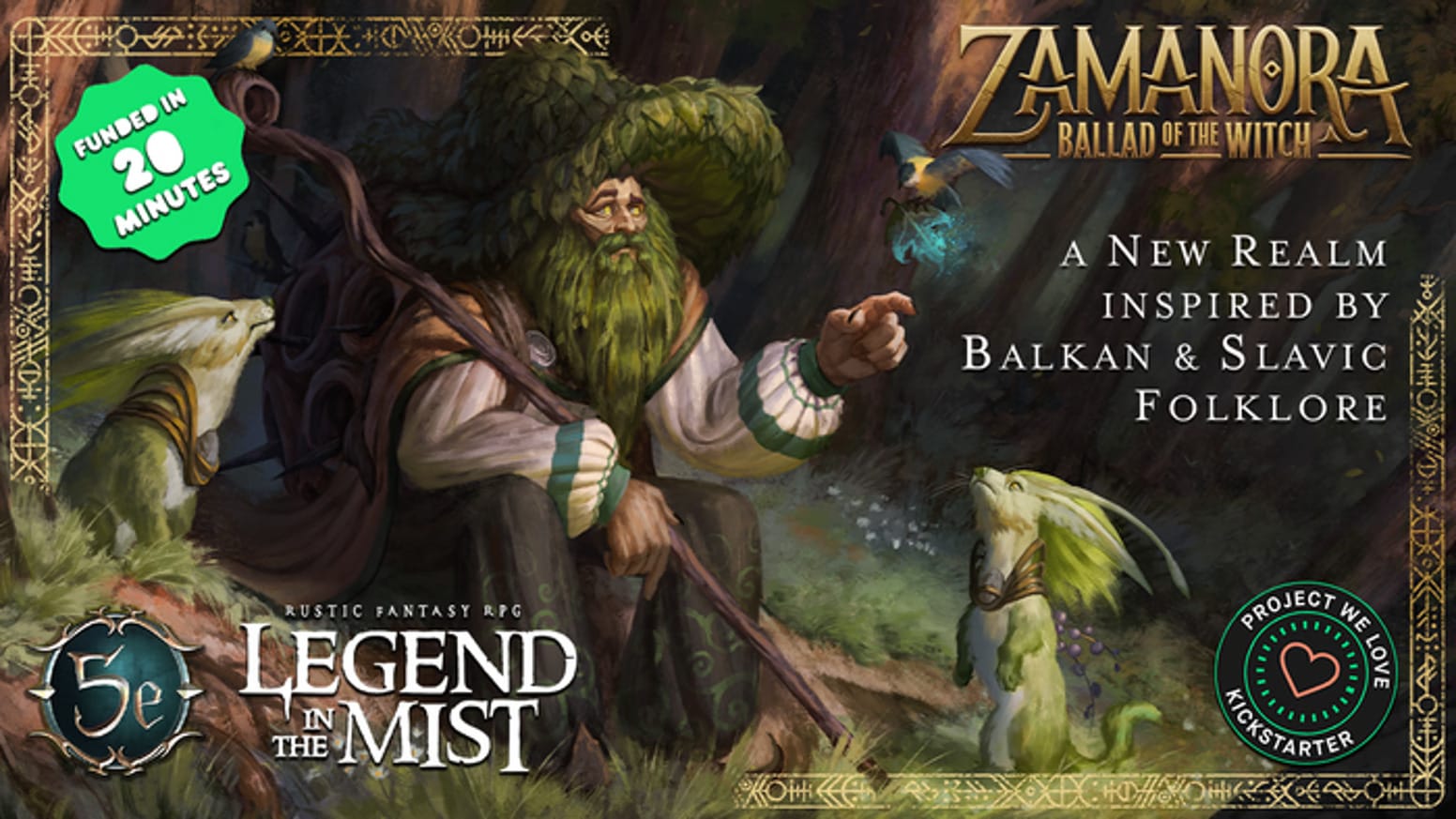
About two months before the launch date, our pre-launch page goes live. During that time, we run an ad campaign that showcases the project and urges people to sign up to get notified when we launch.
Can you discuss any challenges you've faced during crowdfunding campaigns and how you overcame them?
Honestly, the hardest part is knowing what to do next. On our first project we made plenty of mistakes but those were all lessons we applied on ZAMANORA: Ballad of the Witch!
It always comes down to preparation and research in regards to handling challenges and those that want to foray into this strange, yet beautiful world of TTRPG writing, need to embrace this.
What advice would you give to creators planning their first crowdfunding campaign for a TTRPG project?
First time creators should definitely focus on the above key factors we mentioned for a successful crowdfunding campaign. Do not be afraid to reach out to other teams (even us!) to ask for advice! Most folks in this space are happy to offer their time in order to help you figure out things that you would otherwise be scouring the internet for hours!
Eren Chronicles is a collaborative effort. How do you manage roles and responsibilities within the team?
Well, managing is a mild way to put it, hehe. Some days we get things done, then look back and have no idea how everything came to place. For starters, there is no structured hierarchy. Each of us has a particular role in which he takes initiative, which comes along with a list of responsibilities and tasks he takes lead at. But, at the same time, we are all multi-tasking a lot.
We all have a hand in pretty much everything, even though George takes point in the team’s logistics and finance, Nikolas in communications and marketing, and Nicos in the art direction and graphic design.
Needless to say, we are all equally involved in penning the actual content, and usually the editing process comes by reviewing each other’s texts.
This system becomes operational not only by remaining constantly high-functional, but also through the absolute trust we place in each other, which has been earned tenfold through our experience working together.
We have said multiple times between us that there’s no one we’d rather be doing this with. This allows us peace of mind in the things we miss or are completely unaware of: knowing that someone with equal investment in securing the team’s well-being is on top of them.
Can you share insights into your collaboration process with artists, writers, and designers to bring your projects to life?
Apart from their illustration, most necessities of our past projects have been tackled by the three of us, almost in their entirety. That required a lot of stepping-up and the acquisition of new skills, yet it ensured their production would remain within our limited budget.
It also meant that we were left severely overworked and under-compensated, throughout as well as after each project.Therefore, as soon as EXORDIUM: Origins of Mythos (our first Kickstarter project ever) became a success, we welcomed the addition of various collaborators who not only took upon them a share of the burden, but also added their expertise to the collective endeavor.
Looking back, we believe that there was no way around over-assuming duties and working ourselves to our absolute limits; at least in the beginning.
The more our team evolves, the more capable it grows, securing the resources necessary to enlist the participation of talented individuals who will help it evolve even further.
How do you ensure a cohesive vision across various aspects of a project when working with a diverse team?
We do not wish to ensure it, per se. We believe that diversity is a gift, and therefore we want our projects to be the results of co-configuration. The input of our colleague elevates our initial vision; it is not meant to adulterate it.
These notions, of course, apply after having collectively agreed upon the core of the subject we’ll be working on, as well as our soft and hard limits in it (as we previously mentioned). Cohesion will ultimately come from that, and from being on the same page in regards to the desired outcome.
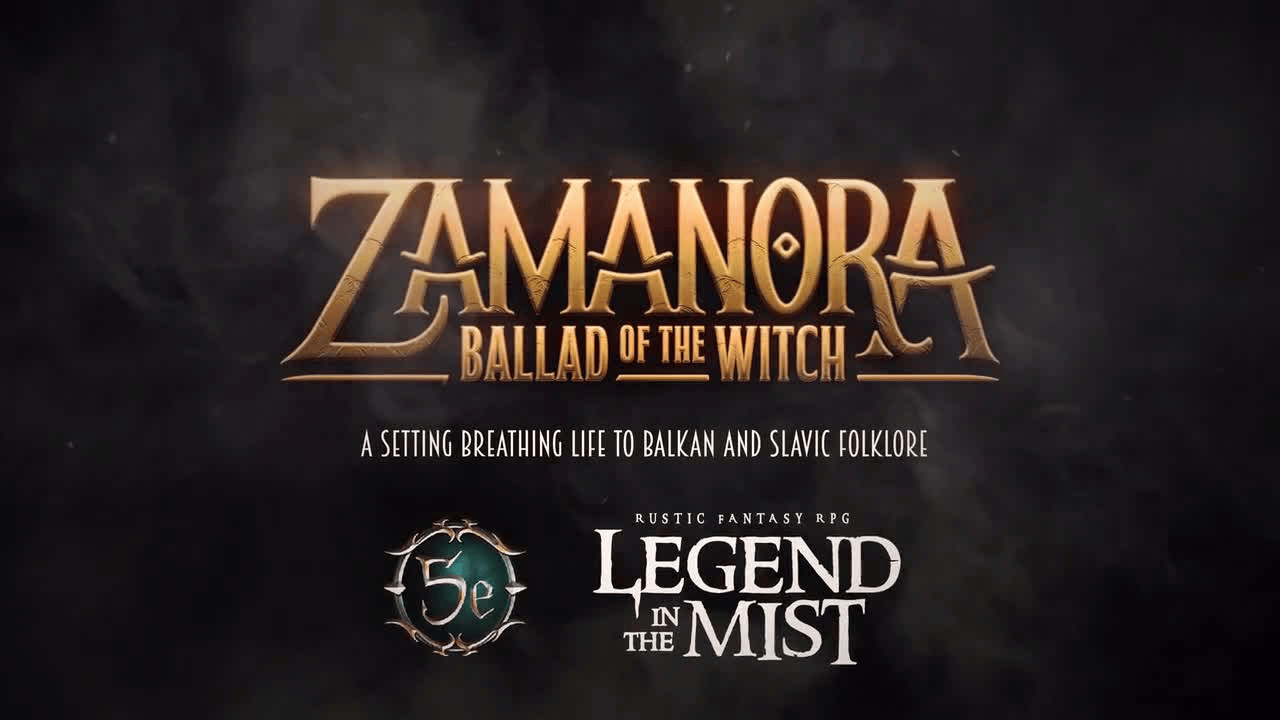
The rest of the work is simply dealing with our egos, and familiarizing ourselves with the occasion where our colleague’s idea simply works better than ours.
What strategies have you implemented to monetize your projects beyond crowdfunding?
While Kickstarter is indeed the core way we manage to keep the lights on, it’s definitely not the only one. We retail our excess supply of our print runs to hobby shops all around the world. Furthermore we take up freelancing gigs for projects that we are interested in, and finally we are soon planning to set up our own e-shop! Stay tuned.
How do you balance creative aspirations with commercial viability in your projects?
I would say that, up to this point, we were lucky enough to strike a balance organically. So far, every project we wished to bring to life felt like it featured a level of commercial viability, ever since its initial conception. Some adjustments and compromises always have to be made, but never at the cost of what inspires us to develop it in the first place.
Each project’s heart is always something we agree upon wholeheartedly. It only evolves further through the creative process, so that we are free to invest our passion in it entirely, without dwelling in second thoughts.
As a rule of thumb, we have come to believe that the audience responds well to a well-designed passion project. Nearly anything could become commercially viable, regardless of its subject, so long as its quality can speak for itself.
What long-term goals do you have for Eren Chronicles, and how do you plan to achieve them?
I can say beyond a shadow of a doubt that every member of the Eren Chronicles adores stories, myths and the way they impact people. We've been working hard so far - and let noone tell you that the life of a writer is anything but a struggle - to craft unforgettable, personal tales, that inspire others to do the same.
Every project is an opportunity to innovate—not just in mechanics, but in how stories are told, how emotions are evoked, and how players connect with the worlds they inhabit.
Honestly? Our long term goals are nothing grand. We want to continue pushing our creative limits in an effort to inspire as many people as we can to experience, feel and create.
Thanks!


